The remote sub-Antarctic archipelago of the Falkland Islands is a haven for bird enthusiasts, offering a unique and abundant selection of birds, especially seabirds.
This South Atlantic island chain’s rich avian life attracts birders, photographers, and birdographers from around the globe, drawing thousands each year and undoubtedly supporting a significant portion of the camera market.
With this in mind, we’ve curated 15 images of the most photogenic birds in the Falklands. Some were taken by you, some by us, but each one was lovingly captured during our exciting Falkland Islands voyages.
1. King penguin

2. Falkland steamer duck

3. Cobb’s wren

4. Long-tailed meadowlark

5. Rockhopper penguin

6. Ruddy-headed goose

7. Night heron
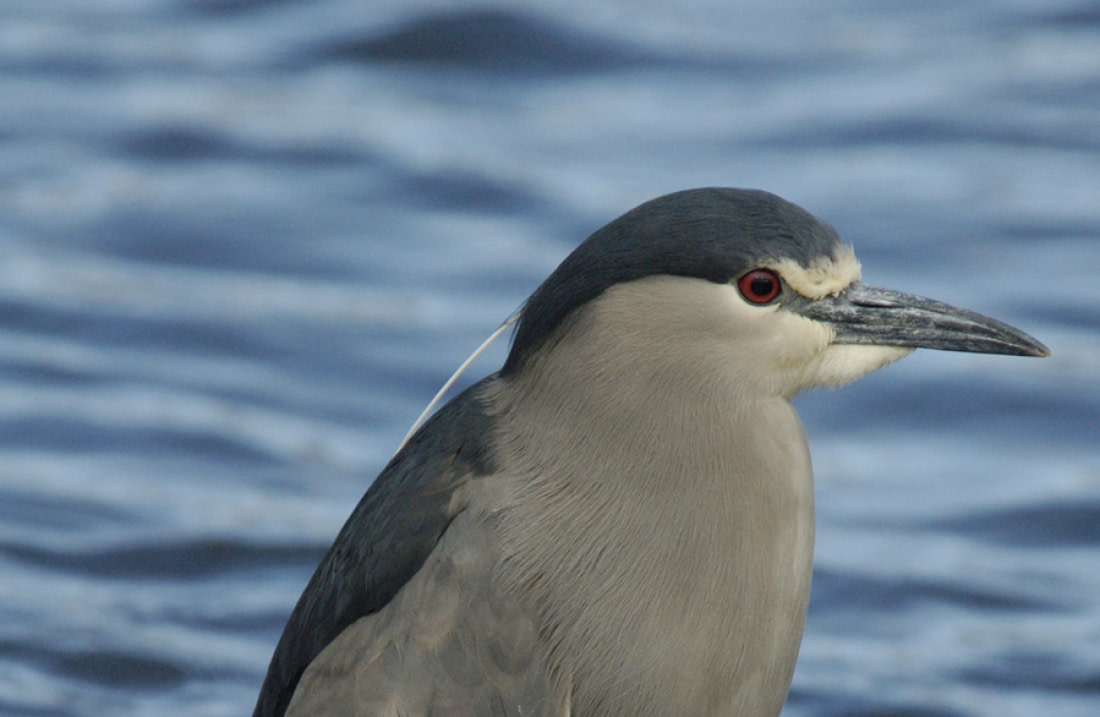
8. Gentoo penguin
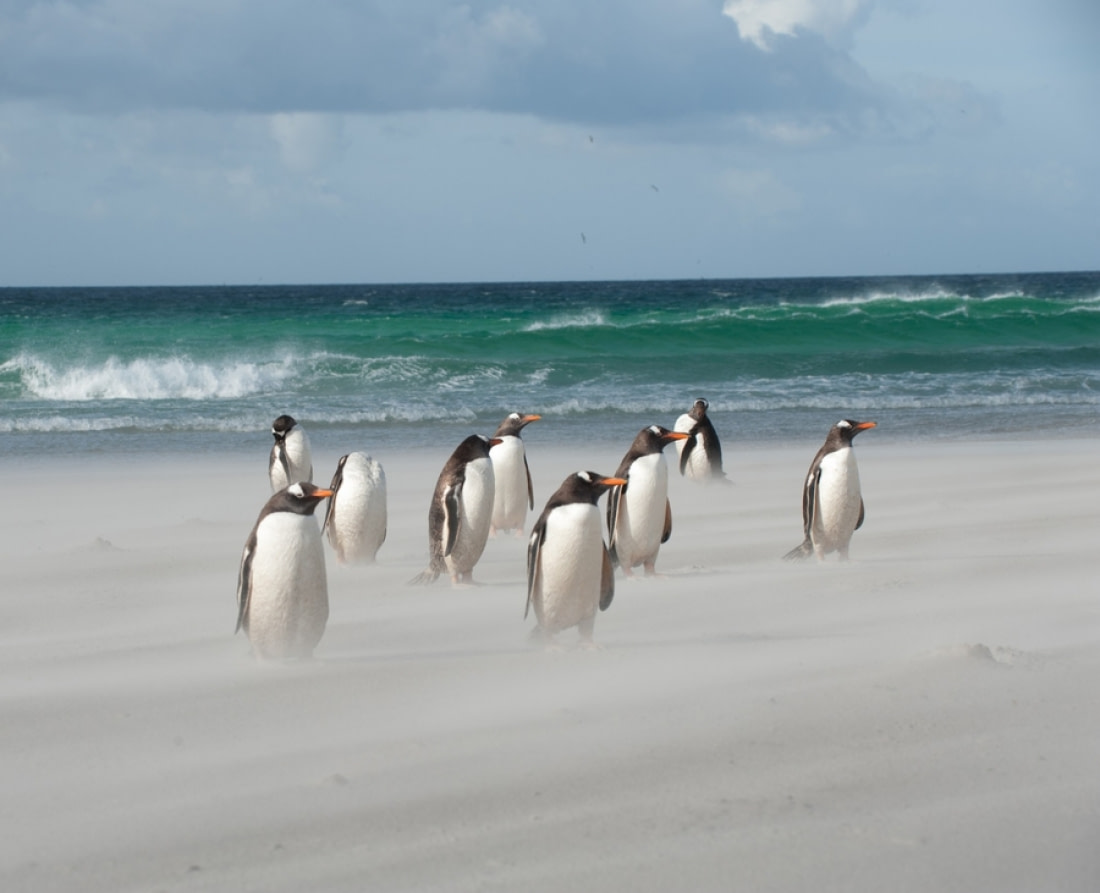
9. Striated caracara

10. Black-browed albatross

11. Great shearwater

12. Macaroni penguin

13. Wilson’s storm petrel

14. Blue-eyed shag

15. Magellanic penguin

Best Deals

Falkland Islands - South Georgia - Antarctica
$ 15.600

Falkland Islands - South Georgia - Antarctica
$ 16.600
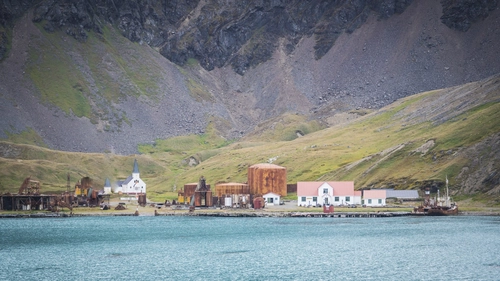
Falkland Islands - South Georgia - Antarctica
16.900
$ 12.650

Falkland Islands - South Georgia - Elephant Island - Antarctica - Polar Circle
$ 17.800

Falkland Islands - South Georgia - Antarctic Peninsula - Photography special
$ 14.850
Related Trips
Blog



Blog
Polar Cruises: The Ultimate Icebreaker
Travel is one of lifeâs great eye openers. It brings you into contact with new people and perspectives, challenges old assumptions you havenât held to the light in years, and invites you to make unexpected discoveries about the world around you â and most of all, yourself. Added to which, you get to visit places you never knew you loved until you saw them.

Blog
The Pack Ice and Polar Bears of North Spitsbergen
The Arctic archipelago of Svalbard is renowned for being one of the prime locations to observe polar bears. The largest island in this region, Spitsbergen, not only offers sightings of these majestic Arctic creatures but also provides a unique opportunity to experience the phenomenon of pack ice.

Blog
What to Expect When Crossing the Drake Passage
Positioned between the southern tail of South America and the Antarctic Peninsula's north-sweeping arm is a lively little waterway known as the Drake Passage.

Blog
The Return to Franz Josef Land
As the possibility of international travel slowly returns, we are eagerly awaiting all the great locations, activities, and wildlife we might experience in the coming season. One of the things weâre most excited about is the return of our Franz Josef Land voyages.

Blog
Albatross, penguin and krill research in Antarctica
In the Antarctic region, extensive research is being conducted by national Antarctic programmes from countries like the UK, Australia, and Japan. These studies aim to understand species in the air, on the ground, and in the sea, and how these species are interconnected without variables such as human impacts and climate change.

Blog
Eight Antarctic Misconceptions
Antarctica has given rise to some pretty far-fetched rumors.
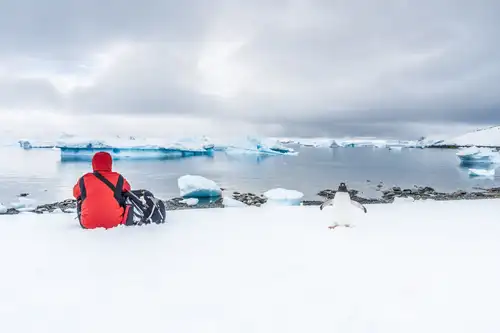
Blog
Adding Antarctica to Your Seven-Continents Bucket List
Many travelers aspire to visit all seven continents, a goal that fits naturally with the concept of a "bucket list," a term popularized by the 2007 movie.

Blog
17 Reasons to Cruise the Falklands
Maybe youâve already marveled at the colossal penguin colonies of South Georgia, sailed among the plunging seals of the Antarctic Peninsula, and watched whales in the Weddell Sea lunge among titanic tabular icebergs.

Blog
Scoresby Sund: the Greatest Greenland Adventure
In a land of expansive mountains, colossal glaciers, and majestic shorelines, few places are as expansive, colossal, or majestic as Scoresby Sund.

Blog
Arctic Icon: 10 Facts about the Polar Bear
Polar bears are to the Arctic what penguins are to Antarctica.

Blog
15 Toothy Facts About the Atlantic Walrus
The walrus is one of the most recognizable animals on the planet, and for good reason. Try sneaking into a cinema with those tusks!

Blog
Taking a polar expedition cruise delivers no shortage of show-stopping highlights, but one of the most exhilarating is lifting off from the ship in a helicopter and taking flight over the incomparable Antarctic wilderness.
Embarking on a polar expedition cruise offers a plethora of breathtaking experiences, but one of the most thrilling is taking off from the ship in a helicopter and soaring over the stunning Antarctic wilderness.

Blog
The Eight Great Penguin Species of Antarctica
There are 17 species of penguin on the planet, but the eight youâll most likely recognize live in Antarctica, its nearby islands, and the sub-Antarctic archipelagos of South Georgia and the Falklands. These are the core species we tend to see on our expedition cruises.

Blog
Penguins, Petrels, and Prions: Top Antarctica Bird Tour Spots
If anyone tells you Antarctica is for the birds, theyâre right.

Blog
Arctic on Foot: Hiking and Snowshoeing the Far North
The focus of our voyages is always to get you off the ship and into the action as frequently as possible. While we travel from site to site on ice-strengthened vessels, our expeditions are crafted to provide you with the maximum firsthand experience of the polar regions and their unique wildlife.

Blog
Why You Should Visit Greenland: 11 Things to See, Do, and Explore
There's nothing quite like witnessing your first Greenland glacier, navigating into the island's largest fjord system (which also happens to be Earth's largest), or observing a humpback whale breach over the dark Greenland Sea.
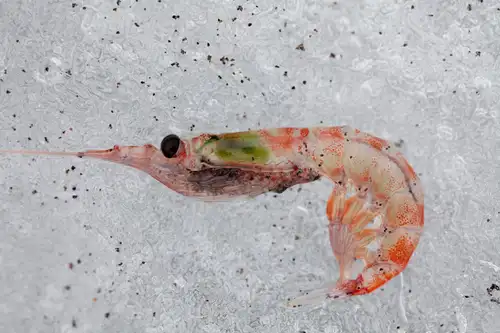
Blog
Life in the Polar Regions
Polar bears in the Arctic, penguins in Antarctica.

Blog
Discover the Scoresby Sund Fjord System in East Greenland
Are you considering a trip to Greenland? One destination you absolutely must visit is the world's largest fjord with stunning landscapes: Scoresby Sund.

Blog
“The polar bear will still be there”
For several hours, we had been navigating the pack ice in search of polar bears. Despite numerous binoculars scanning the ice, no bears were visible, and only a few tracks were found. This suggested we might be in an area with fewer bears. Later that morning, we decided to head a few miles east, suspecting a higher bear population there.

Blog
Antarctic Explorer’s Voyage
Thereâs off the beaten track, and then thereâs really off the beaten track.





 19 Days / 18 Nights
19 Days / 18 Nights



